Jiangxi Province


Introduction
Jiangxi Province, located in southeastern China, is known for its lush mountains, clear rivers, and deep cultural roots. The province stretches between the Poyang Lake basin, China’s largest freshwater lake, and the surrounding Luoxiao and Wuyi mountain ranges, giving it a landscape of water and green hills.
Daily life and economy revolve around rice farming, porcelain making, and tea cultivation. The city of Jingdezhen, famous worldwide as the “Porcelain Capital of China,” continues centuries of ceramic craftsmanship, while Wuyuan attracts visitors for its terraced fields, ancient villages, and spring rapeseed blossoms.
Nanchang, the provincial capital, blends modern industries and transport links with historic landmarks such as Tengwang Pavilion. Throughout Jiangxi, Buddhist temples, traditional festivals, and local crafts keep a strong connection between nature, culture, and everyday life.

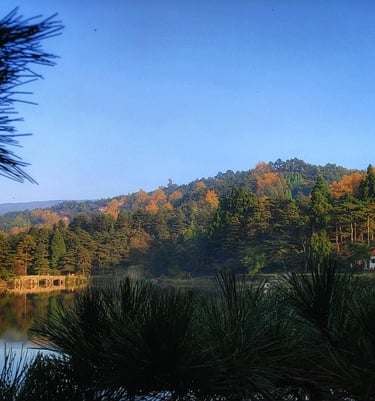
Geography and Key Cities
Jiangxi is dominated by mountains, hills, and river valleys, with the Gan River running through the province and lakes such as Poyang Lake, China’s largest freshwater lake. The climate is humid subtropical, with hot, humid summers and mild, damp winters influenced by monsoons.
Nanchang, the provincial capital, serves as a political, transport, and industrial hub.
Jingdezhen, famous as the “Porcelain Capital,” preserves centuries of ceramic production.
Ganzhou, near the southern border, is known for historical architecture and river trade.
Other key cities include Yingtan, an industrial and mining center, and Ji’an, with rich revolutionary history and cultural heritage.
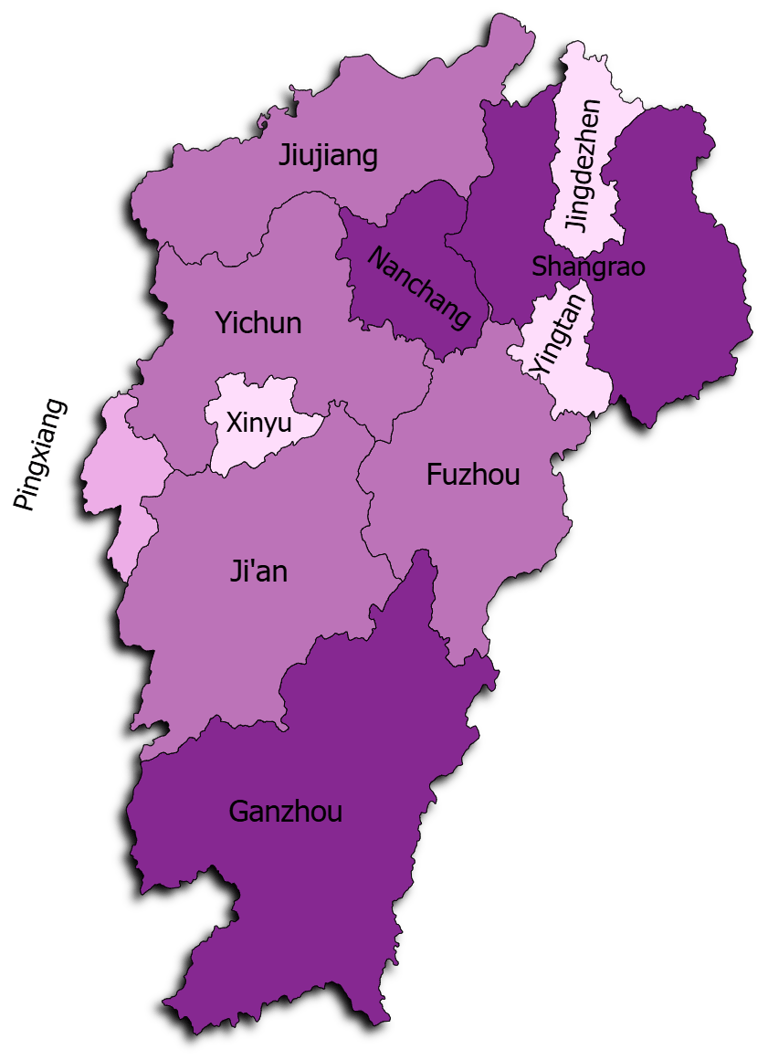



Jiangxi’s history is deeply woven into China’s cultural and political story. Since the Han dynasty, the province has thrived as a center of farming, river trade, and early craftsmanship. Its fame peaked during the Song and Ming dynasties, when Jingdezhen’s porcelain became one of China’s most important exports, reaching markets as far as the Middle East and Europe.
In modern times, Jiangxi stood at the heart of several turning points: the Taiping Rebellion, the Second Sino-Japanese War, and especially the Nanchang Uprising of 1927, which marked the birth of the Chinese Communist armed movement.
Today, historic towns, revolutionary sites, and porcelain workshops coexist with expanding cities and new industries, showing how Jiangxi continues to blend heritage and progress while keeping a strong sense of identity.
Historical Background

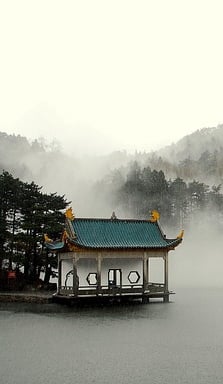
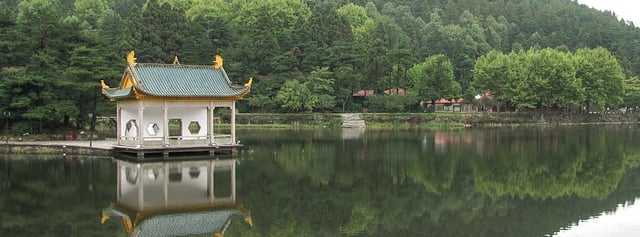

Nature and Landmarks
Jiangxi combines mountains, rivers, and lakes with cultural landmarks. Poyang Lake provides wetlands and habitats for migratory birds, while the Lu Mountains (Lushan) offer dramatic cliffs, waterfalls, and forested hiking trails.
Wuyuan and smaller scenic areas showcase rural landscapes, ancient villages, and riverside beauty.
Historic towns like Jingdezhen preserve kilns, porcelain workshops, and centuries-old architecture, while Nanchang features city walls, pagodas, and memorials.
These landscapes show Jiangxi’s dual nature: sacred mountains, rivers, and lakes alongside towns and cities with centuries of human history.




Culture and Cuisine
Jiangxi’s culture is shaped by its mountains, rivers, and ancient craft traditions, giving the province a deep artistic and spiritual identity. The region is best known for Jingdezhen, the “Porcelain Capital of the World,” where ceramic art has been perfected for over a thousand years : from royal blue-and-white porcelain to modern ceramic design. Beyond its kilns, Nanchang’s temples, Ganzhou’s old city walls, and Lushan’s mountain monasteries reflect the province’s mix of religious devotion and natural beauty.
Cultural life remains vibrant, marked by Taoist rituals, Buddhist heritage, and local operas that celebrate rural legends and revolutionary history. Traditional crafts such as porcelain painting, bamboo weaving, and paper-cutting continue to flourish, often passed down through family workshops.
While Mandarin is commonly used, the Gan dialect gives daily speech a distinctive rhythm and sound unique to Jiangxi. Together, its artistry, dialects, and spiritual roots create a culture that feels both deeply traditional and quietly resilient.
Jiangxi’s cuisine emphasizes rice, freshwater fish, preserved meats, and bold, savory flavors balanced with moderate spices. Rice predominates, while river and lake produce shapes the menu. Signature dishes include:
Nanchang rice noodles, a hearty breakfast or street snack,
Steamed freshwater fish, highlighting lake and river produce,
Lotus root soup, slow-cooked with pork or herbs,
Jingdezhen steamed buns, reflecting local wheat and rice traditions,
Braised meats with soy and spices, tender and richly flavored,
River crab dishes, seasonal specialties from local lakes,
Preserved duck and salted pork, showcasing traditional preservation techniques.
Compared with northern or coastal provinces, Jiangxi cuisine favors freshwater and river ingredients, robust flavors, and hearty preparation, reflecting its mountainous, riverine geography and centuries of agricultural tradition.
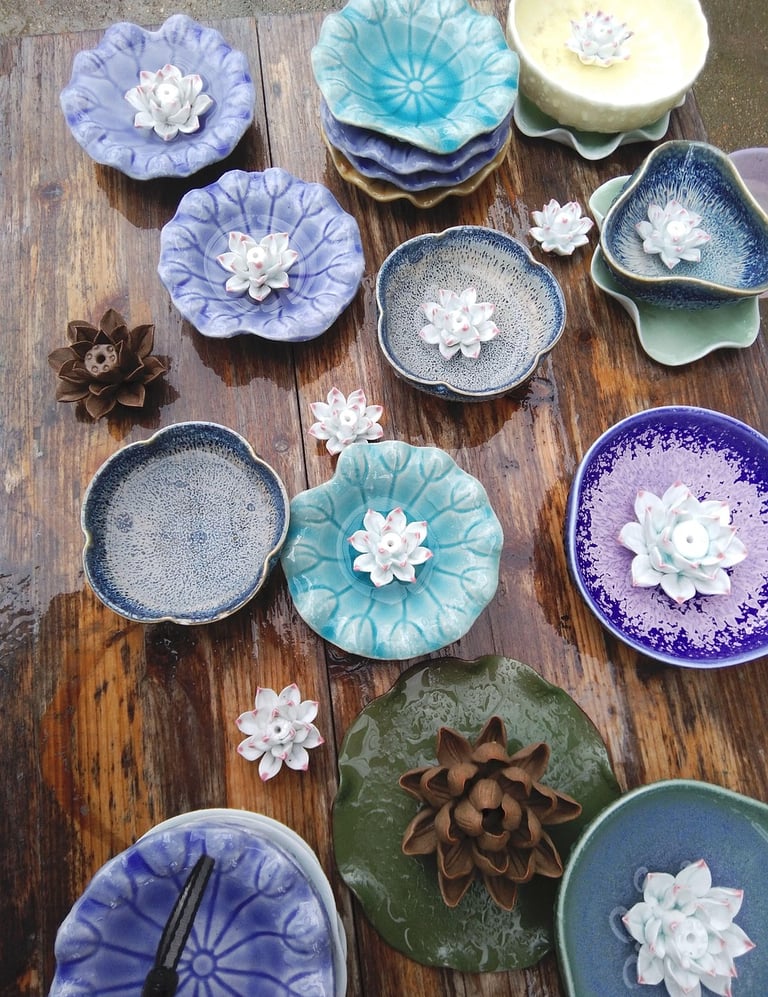





Economy and Modern Development
Jiangxi is an important economic center in southeastern China. Cities along the Gan River, including Nanchang, Jingdezhen, and Ganzhou, form hubs for industry, ceramics, agriculture, and mining.
Nanchang leads in transport, education, and manufacturing, while Jingdezhen continues its centuries-old porcelain tradition, combining craftsmanship with modern exports. Tourism, especially around lakes, mountains, and cultural sites, contributes significantly to the economy.
Historically, Jiangxi grew around its rivers, fertile lands, and porcelain industry, which made towns like Jingdezhen famous across China and abroad. Small workshops, local markets, and river trade helped the region develop early industries and craft traditions. Today, Jiangxi blends modern cities with centuries-old culture, keeping ceramic hubs, local crafts, and river transport at the heart of its economy while staying connected to the rest of China.


Jiangxi has produced influential figures across politics, literature, science, and the arts. Scholars, poets, and ceramic masters from Jingdezhen, Nanchang, and Ganzhou shaped classical Chinese culture, while modern reformers and scientists contributed to education, industry, and governance. The province is also known for revolutionary leaders active in the early Communist movement, reflecting its historical significance.
Jiangxi is equally renowned for its ceramic craftsmanship, regional opera, and martial arts traditions, making it a cultural beacon. In modern times, Jiangxi continues to produce writers, entrepreneurs, scientists, and athletes who embody its historical, artistic, and economic legacy.
People and Notable Figures

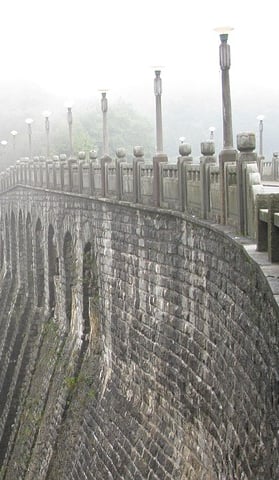
Current Trends and Daily Life
Jiangxi daily life blends small-city energy with rural rhythms. In Nanchang, streets buzz with markets, bicycles, and river ferries, while villages along the Gan and Xiang Rivers focus on rice paddies, tea plantations, and fish farming. Traditional crafts, especially porcelain making in Jingdezhen, remain a central part of daily work and pride.
Festivals and local celebrations shape community life: dragon boat races, temple fairs, and folk performances bring towns together, while mountain and riverside scenery influence leisure and seasonal activities. Compared with coastal provinces, Jiangxi feels more connected to nature and traditional culture, with rivers, lakes, and hills forming a constant link between daily life and the province’s history.
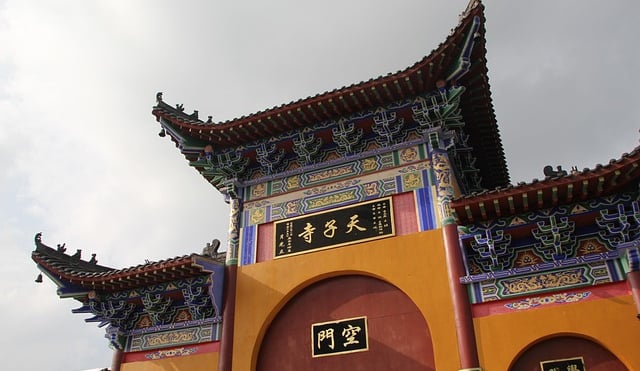


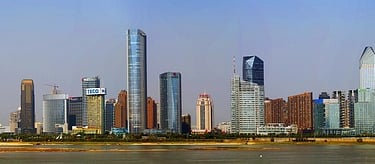
Practical Travel and Tips
Best time to visit: Spring and autumn offer mild weather and scenic views, summer is hot and humid, and winter is mild but damp
Getting there: Nanchang is a major transport hub with high-speed rail, river ports, and an international airport, accessible from most major Chinese cities
Highlights: Lushan Mountains, Poyang Lake, Jingdezhen porcelain kilns, Nanchang city walls, Ganzhou historical sites, river towns
Local etiquette: Expect practical and polite manners, respect temple rituals and lake-side customs
Insider tip: Try Nanchang rice noodles for breakfast, visit Jingdezhen for porcelain-making demonstrations, and explore Lushan for hiking and scenic mountain vistas.








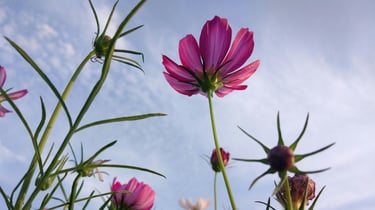





Climate
Plant and animal life
Agriculture
Manufacture
Jiangxi has a humid subtropical climate, with hot, humid summers and mild, damp winters.
Summer temperatures often exceed 33°C, accompanied by heavy rainfall from the East Asian monsoon, while winters are generally mild, hovering around 5–10°C, with occasional frost in northern areas.
Spring and autumn are comfortable, with moderate temperatures and frequent sunshine.
Compared with northern provinces, Jiangxi is warmer year-round, wetter, and strongly influenced by river valleys and mountainous terrain, creating ideal conditions for agriculture and dense forests.
Jiangxi’s mountainous landscapes, river valleys, and lakes support rich biodiversity.
Forests in the Wuyi and Luoxiao ranges contain pine, cypress, camphor, and bamboo, while rivers and wetlands provide habitats for carp, egrets, herons, and freshwater turtles.
The province is also home to wild boars, pangolins, and a variety of bird species, reflecting a subtropical ecosystem.
Compared with drier northern provinces, Jiangxi’s flora and fauna are more lush and diverse, benefiting from abundant rainfall and fertile soil.
Jiangxi is a major agricultural province, with rice as the dominant crop in the Yangtze and Gan River basins.
Rapeseed, tea, oranges, and sweet potatoes are widely cultivated, while aquaculture produces carp, crabs, and eels. Bamboo and mulberry cultivation support local handicrafts and silkworm production.
Jiangxi’s fertile river valleys and subtropical climate allow high agricultural yields, combining grain, cash crops, and aquaculture to sustain local and regional markets.
Jiangxi’s industry blends traditional manufacturing with modern development.
Nanchang, the provincial capital, focuses on machinery, electronics, and textiles, while Jingdezhen is famous for porcelain production.
Copper, steel, and chemical industries are present in other cities, and tourism is promoted around mountains, lakes, and cultural sites.
Compared with northern or coastal provinces, Jiangxi emphasizes a balance between light industry, cultural production, and emerging high-tech sectors, leveraging natural resources and historical craftsmanship.
Navigation
Main Menu
nathan.china-sphere.com
© 2025. All rights reserved.